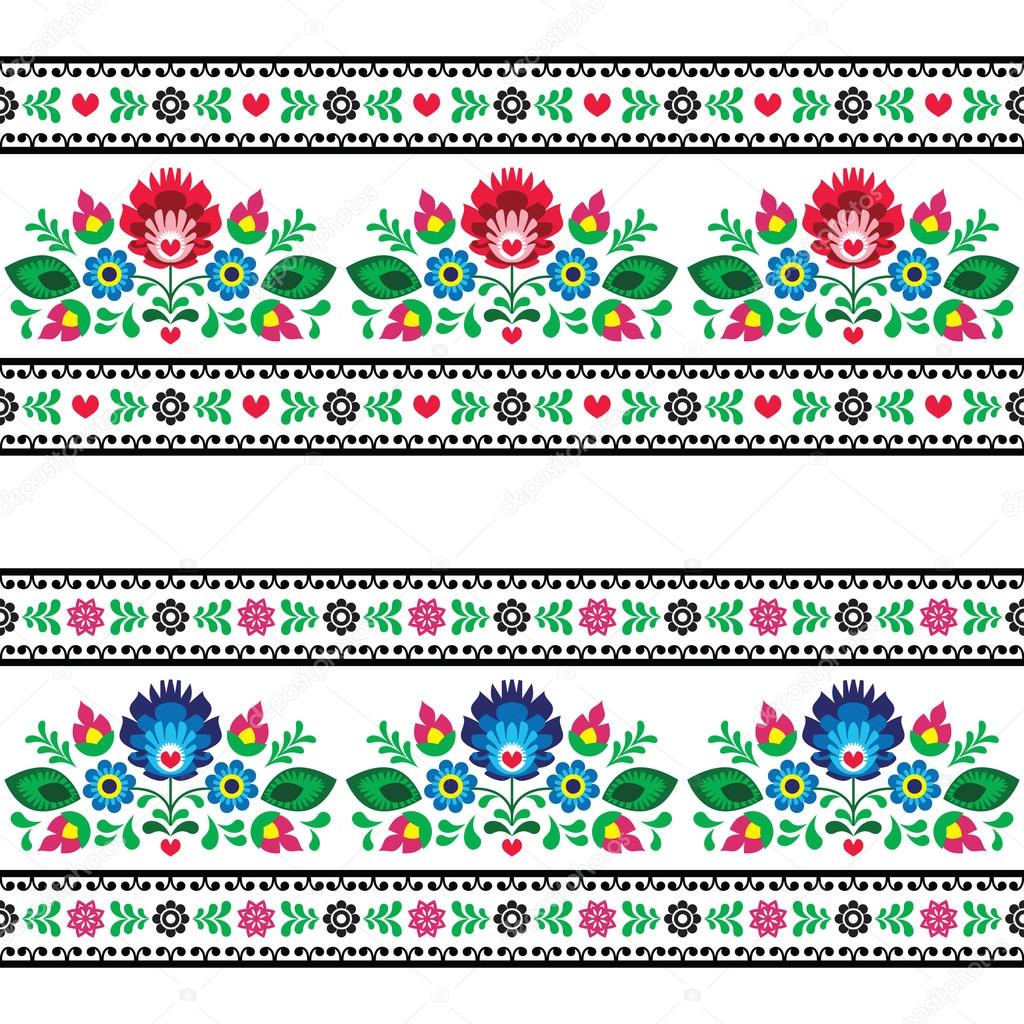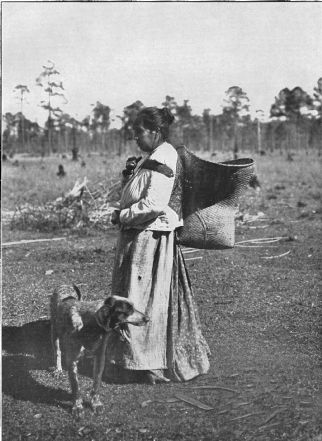
Morozov focused on two different recent movements, the hackers of the 1960’s and the makers of the 21 st century. The last reading, “Making It: Pick Up a Spot Welder and Join the Revolution” by Evgeny Morozov, looked at modern experiences with crafts and do it yourself projects. In order to save crafts, Pye believed that it would need to be taken up by amateurs who do the work for the love of the craft and thereby bring more diversity to the craftsmanship (352.) Pye’s work was important because it shows the concern of the loss of creatively and uniqueness in the making of objects and revealed the importance of freedom of design in crafts. This essay looked at how important the workmanship of risk is to craftsmanship since it causes the quality of the thing being made to be constantly in danger of being ruined during their making process (342) One of Pye’s concern was that the diversity and spontaneity of workmanship of risk has between lost in the workmanship of certainty, which makes use of automation (346).


This concern of Glassie connected to second reading of “The Workmanship of Certainty and the Workmanship of Risk” by David Pye. One of the most interesting things of this work was that at the end Glassie lamented that there is “little place for material folk culture in our world… many material traditions were developed as solutions to problems that no longer exist” (237). Thus by looking at the types of buildings made in a place, Glassie was able to define early America’s folk culture into three main regions of the North, the Mid Atlantic, and the South, which arose out of settlement history topography and economics (184, 187-188). In order to best study what folk material culture is, Glassie looked at architecture since it is the best to examine the regional patterns as opposed to more general purpose objects such as clothing (35).


One of the main points that Glassie made was that folk culture cannot be part of popular or academic culture and unlike the other two has major variations through space but limited through time, meaning that folk culture is traditional and resistant to change (5,33). The main reading was Pattern in the Material Folk Culture of the Eastern United States by Henry Glassie, which looked to define what folk culture was and trace its manifestations in the early United States. This week’s readings focused on the ideas of craft and folk culture and examined what these non-popular cultural objects are.


 0 kommentar(er)
0 kommentar(er)
